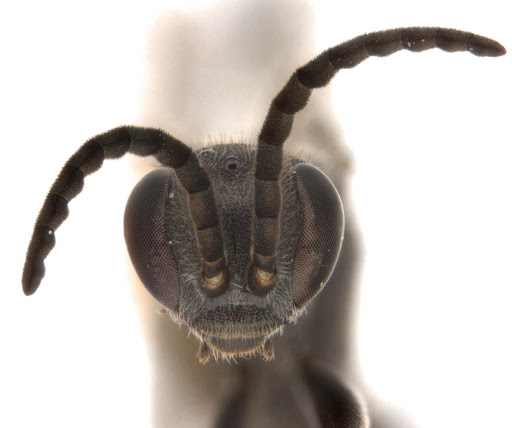 |
| Epipompilus namadgi Yuan & Rodriguez, 2020 |
Abstract
Three new species are added to the genus Epipompilus (Hymenoptera: Pompilidae) in Australia. Epipompilus mirabundus sp. nov., E. taree sp. nov., and E. namadgi sp. nov. are described and illustrated. A key to males of Epipompilus is provided. A novel association of Epipompilus and Sceliphron formosum (Hymenoptera: Sphecidae) is also documented. The larva of E. mirabundus sp. nov. was found sharing single nest cell with a Sceliphron larva; this association could be the result of a parasitised spider being brought back to the nest by the Sceliphron adult.
Three new species are added to the genus Epipompilus (Hymenoptera: Pompilidae) in Australia. Epipompilus mirabundus sp. nov., E. taree sp. nov., and E. namadgi sp. nov. are described and illustrated. A key to males of Epipompilus is provided. A novel association of Epipompilus and Sceliphron formosum (Hymenoptera: Sphecidae) is also documented. The larva of E. mirabundus sp. nov. was found sharing single nest cell with a Sceliphron larva; this association could be the result of a parasitised spider being brought back to the nest by the Sceliphron adult.
Keywords: Hymenoptera, Spider wasps, mud dauber wasps, Epipompilus, Sceliphron formosum
Epipompilus mirabundus Yuan & Rodriguez, sp. nov.
Distribution. Australia: Australian Capital Territory.
Etymology. The epithet originates from the Latin mirabundus, which means astonishment, and is based on the
unusual way the specimen was found in its larval stage developing and sharing a cell with a Sceliphron formosum
larva.
Remarks. The cocoon was found in the nest of Sceliphron formosum (Hymenoptera: Sphecidae) (Figs. 1D, 3).
A male adult was reared and emerged in the lab.
Epipompilus taree Yuan & Rodriguez, sp. nov.
Distribution. Australia: New South Wales.
Etymology. The epithet, placed as a noun in apposition, comes from the city close to where the specimens were
collected.
Epipompilus namadgi Yuan & Rodriguez, sp. nov.
Distribution. Australia: Australian Capital Territory.
Etymology. The epithet, placed as a noun in apposition, comes from the National Park where the type specimen was collected.
David Yuan and Juanita Rodriguez. 2020. Three New Species of Epipompilus Kohl (Hymenoptera, Pompilidae, Pepsinae) from Australia. Zootaxa. 4743(4); 575–584. DOI: 10.11646/zootaxa.4743.4.7
@puppyyuan #spiderwasp @BushBlitz2 #australianbushfires #namadgi
